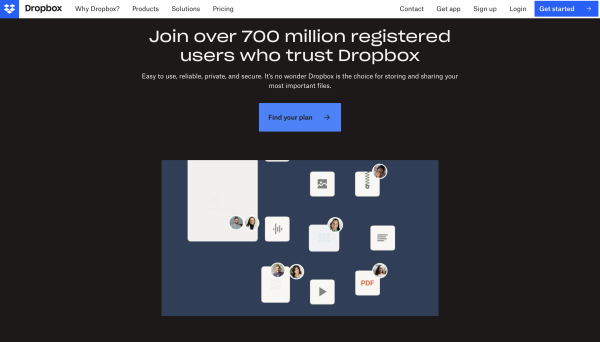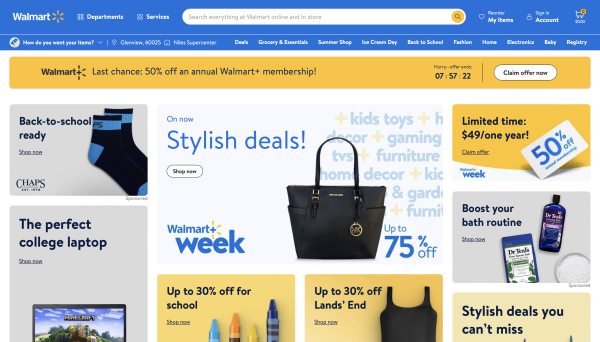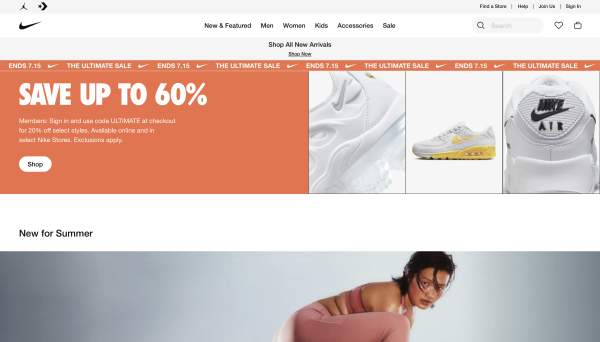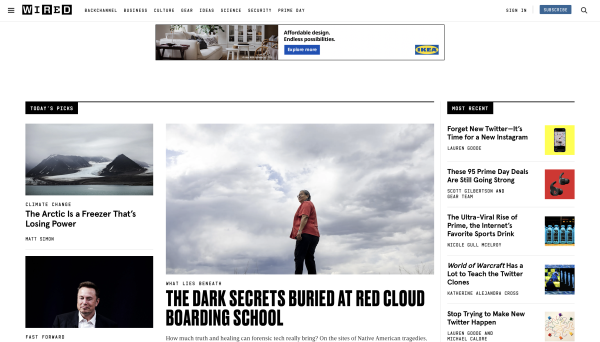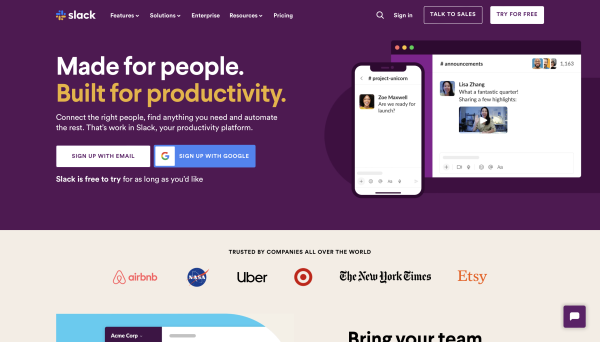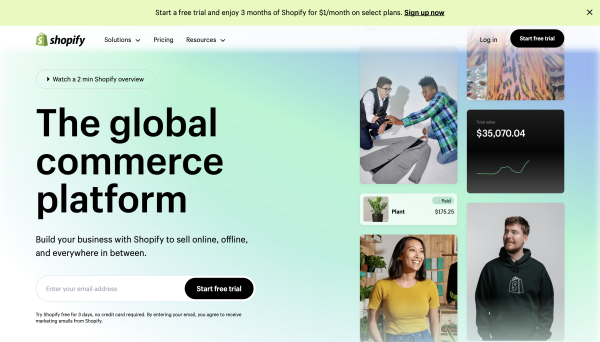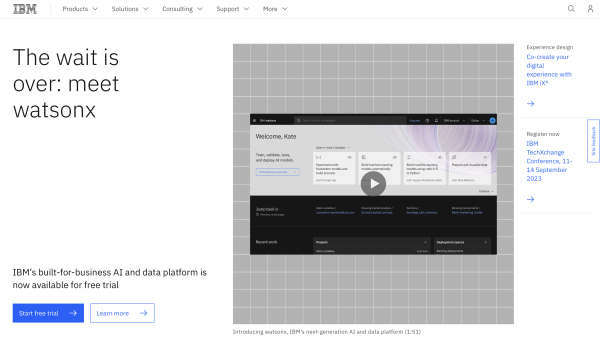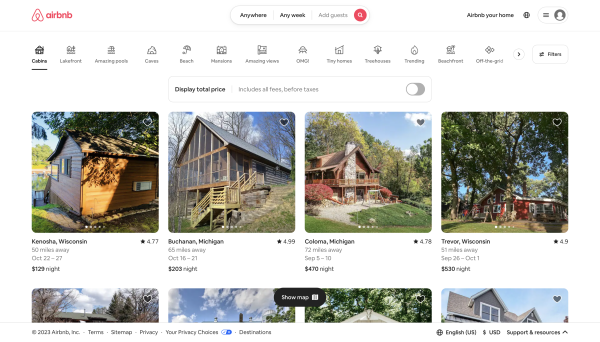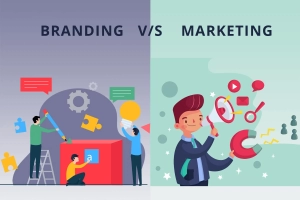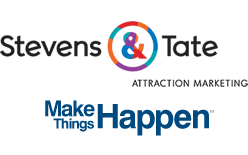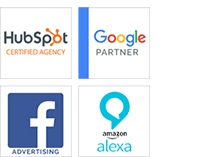
What’s Trending in Marketing for March 2025
Welcome to our March 2025 edition of “What’s Trending,” where we bring you the most relevant marketing trends and insights. Stay informed and ahead of the game with our curated collection of marketing trends and reports in spring 2025.
Noteworthy Marketing Trends and News
Leveraging March Madness for Marketing Success

March Madness presents a unique opportunity for brands to engage audiences through creative social media campaigns and strategic partnerships. By aligning with the tournament’s excitement and using real-time content, brands can increase visibility, foster engagement, and drive customer loyalty. Highlighting the use of relevant hashtags, influencer collaborations, and interactive posts, this trend capitalizes on the cultural buzz of the season to boost brand presence. Read more.
IKEA’s Creative Easter Campaign: The Flat-Pack Bunny
IKEA cleverly embraced its flat-pack furniture expertise to launch Vårkänsla, a 3D bunny complete with assembly instructions. This unique approach combined humor and creativity, resonating with Easter’s festive spirit while engaging consumers on social media and driving foot traffic to stores. The campaign’s unexpected twist on Easter marketing showcased how brands can break into unfamiliar categories with innovative, category-specific strategies. Read more.
X Introduces Grok AI Tools for Enhanced Ad Creation and Campaign Analysis
X has launched Grok, a suite of AI-powered tools designed to revolutionize ad creation and campaign analysis. By utilizing advanced AI, Grok aims to streamline the process for marketers, offering valuable insights into ad performance and simplifying creative workflows. This move positions X as a leader in integrating AI into digital marketing strategies. Read more.
Improving Your Marketing Program
Top 10 Inbound Marketing Strategies
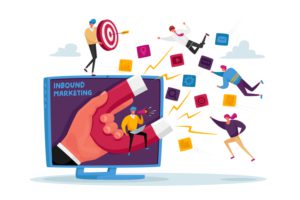 Mastering inbound marketing requires a strategic approach to attract, engage, and convert customers. From SEO optimization and content creation to email marketing and influencer collaborations, each tactic plays a crucial role in driving organic growth. Leveraging interactive content, social media engagement, and continuous performance analysis ensures your marketing efforts remain effective. By implementing these ten strategies, businesses can build strong customer relationships and increase brand visibility. Read more.
Mastering inbound marketing requires a strategic approach to attract, engage, and convert customers. From SEO optimization and content creation to email marketing and influencer collaborations, each tactic plays a crucial role in driving organic growth. Leveraging interactive content, social media engagement, and continuous performance analysis ensures your marketing efforts remain effective. By implementing these ten strategies, businesses can build strong customer relationships and increase brand visibility. Read more.
Mastering Integrated Digital and Social Media Marketing
Digital and social media marketing are essential for brand success, offering unique opportunities for engagement and conversion. This article explores how to integrate both strategies effectively, covering content amplification, data-driven insights, and brand consistency. It also discusses leveraging social media for targeted ads, audience interaction, and diverse content formats, along with best practices for unified marketing efforts. Read more.
4 Tips to Leave Lasting Impressions on Customers
Making a lasting impression on customers goes beyond selling a service—it’s about creating meaningful interactions that keep them coming back. This article explores four key strategies to build strong customer relationships: personalizing interactions, staying in touch through various channels, adapting to different communication styles, and showing respect even in disagreements. By fostering trust and demonstrating authenticity, businesses can enhance customer loyalty and stand out in a competitive market. Read more.
Recent Marketing Reports, Updates, and Trends
HubSpot Publishes The 2025 State of Marketing Report
The 2025 State of Marketing Report by HubSpot focuses on how AI is transforming marketing strategies. Marketers are increasingly adopting agile strategies, targeting Millennial and Gen Z audiences, and leveraging short-form video and influencer collaborations for high ROI. AI is central, used for data analysis, workflow automation, and research, to enhance creativity and efficiency. The report provides insights and actionable tips on building value-driven campaigns, optimizing marketing workflows, and using AI to stay competitive in 2025. Read more.
Adobe 2025 AI and Digital trends report
The Adobe 2025 AI and Digital Trends report highlights how businesses are increasingly embracing AI to personalize customer experiences and drive innovation. AI is moving beyond pilot projects, delivering measurable results in customer engagement, operational efficiency, and unified insights. By leveraging advanced data tools, companies can now unlock previously inaccessible insights, enabling deeper customer relationships and more streamlined operations. AI is set to reshape customer interactions, offering new opportunities for businesses in 2025. Read more.
Supermetrics’ 2025 Marketing Data Report
The 2025 Marketing Data Report reveals that marketing teams are handling significantly more data, with query volumes and returned data growing by over 200%. However, challenges persist, with many marketers lacking the time, tools, or data necessary for effective decision-making. The report highlights the rising importance of zero-party data, as marketers move away from third-party data, and the increasing reliance on advanced measurement methods like marketing mix modeling. ROI measurement remains difficult, with 41% of marketers struggling to measure marketing effectiveness across channels. Read more.

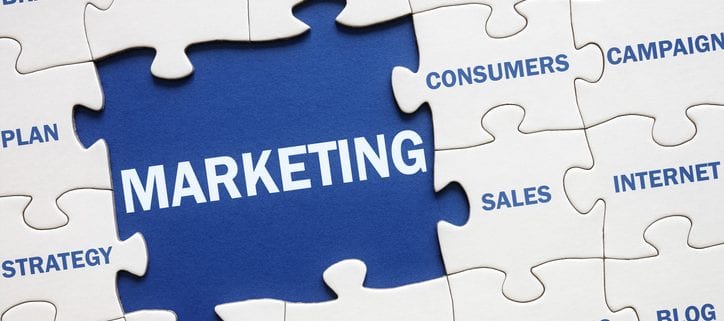

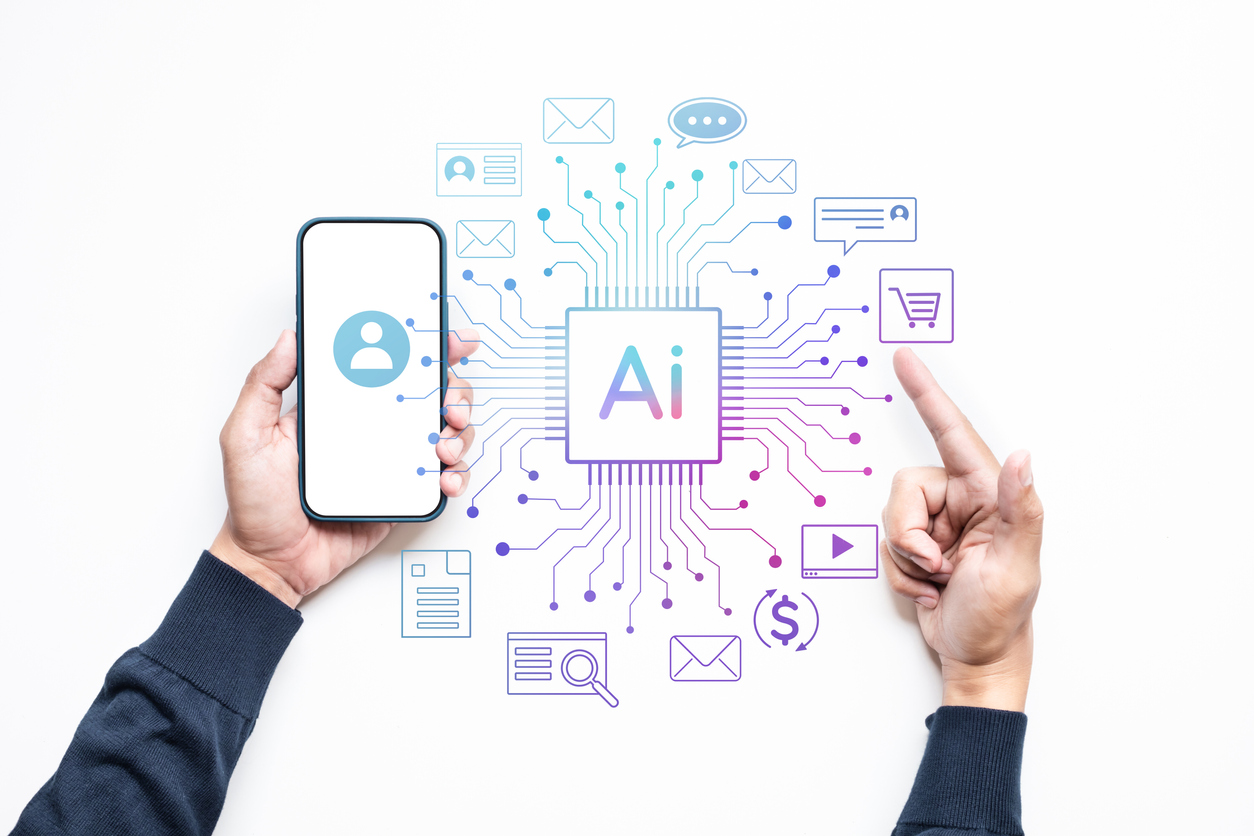
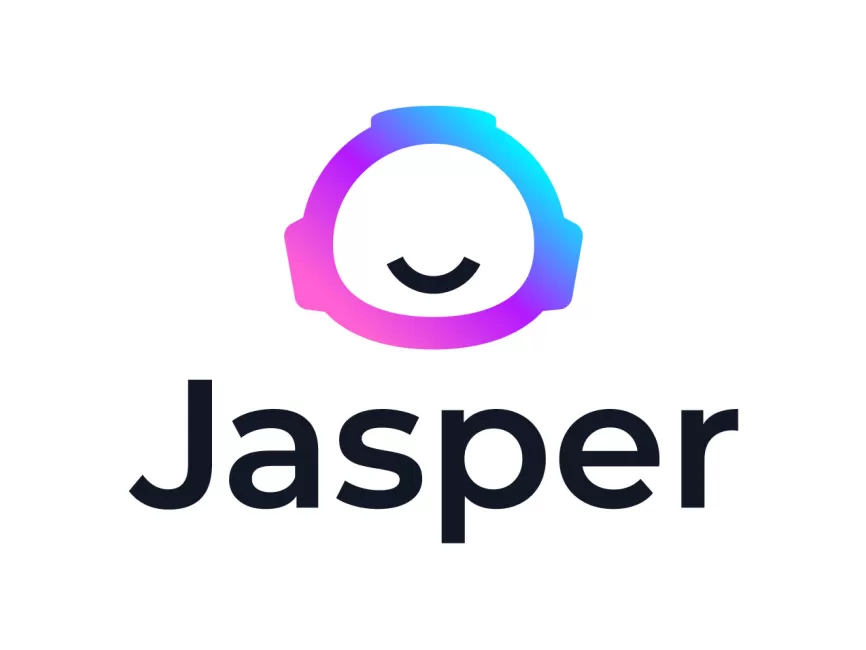

 4.
4.  9.
9.  10.
10. 





